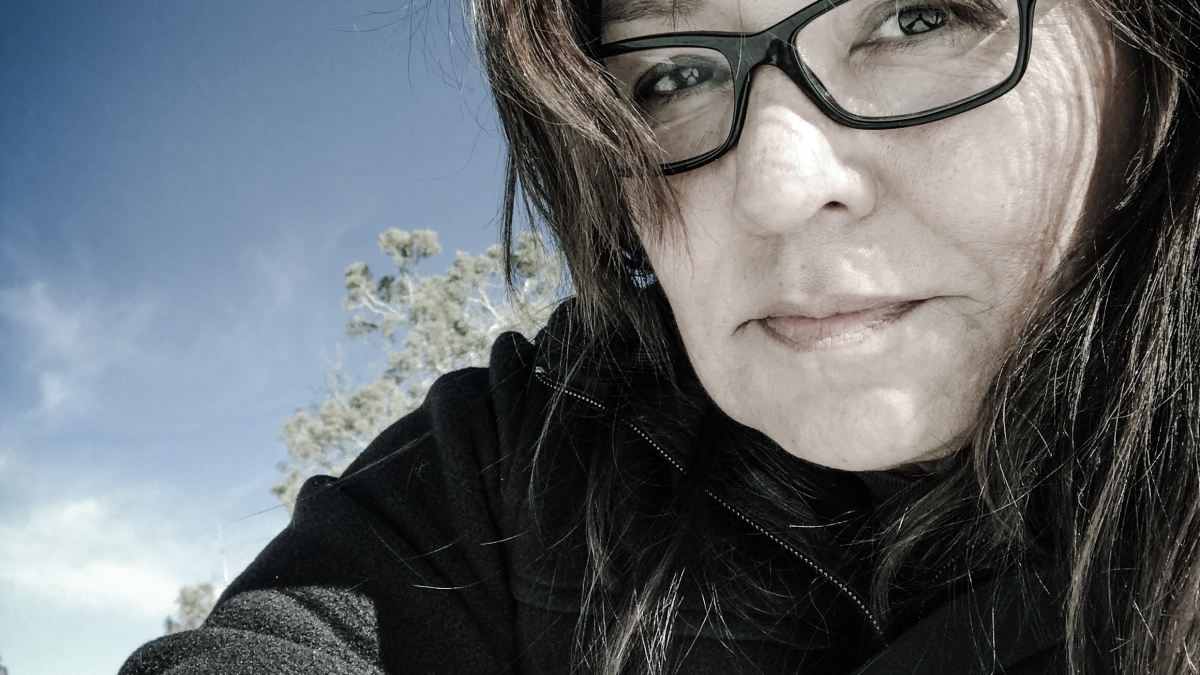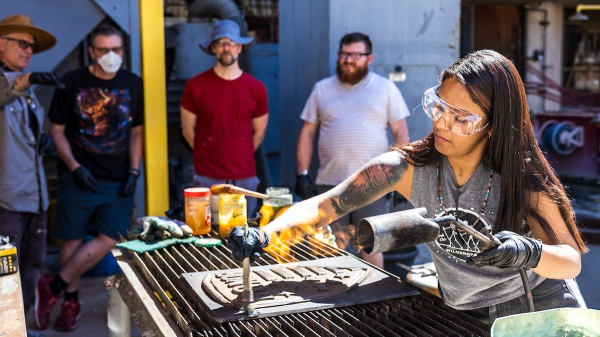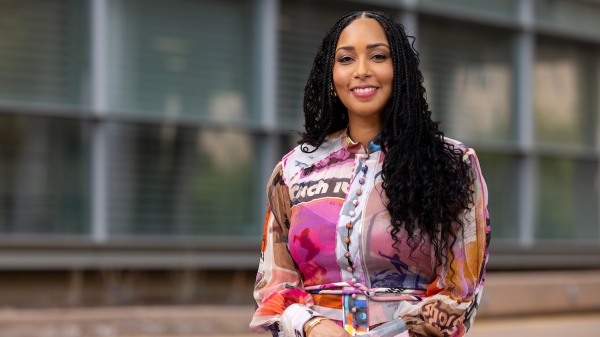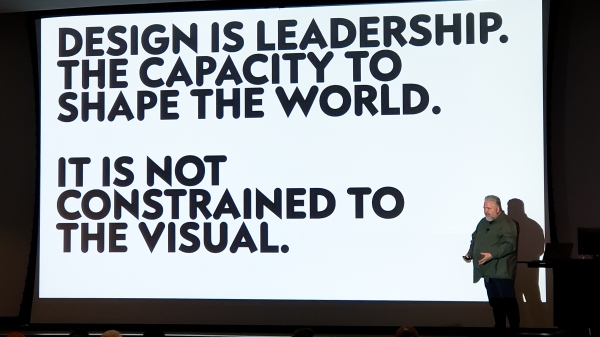MFA graduate explores her family roots through photography

Renée Dennison’s grandmother served as inspiration for her master's thesis in photography.
Editor’s note: This is part of a series of profiles for spring 2018 commencement.
Renée Dennison’s grandmother was born June 14, 1910. More than 100 years later, Dennison decided to document her grandmother’s traditional way of life on the Navajo reservation.
“My earliest childhood memories are those where the family gathered around the fire listening to the many stories told by family, and, in particular, my grandmother,” said Dennison, who is graduating with her MFA in photography.
As a young woman, Dennison spent a decade in Washington D.C., where she worked full time, earned a degree in accounting from University of Maryland and earned an MBA in finance and investments from George Washington University.
“After years of living away from the reservation and my home, I felt a distance, not just in miles, but in spirit,” she said. “Upon my father’s passing I returned home and confronted the distance that had grown between me and the place and people I loved.”
For the past 20 years, Dennison has lived in Arizona. She spent more than two decades working with Native American organizations and tribal governments before deciding to earn her MFA. Her grandmother was 105 when Dennison began the work that would become her thesis.
“The project is titled Towering House, Kinyaa’áanii, and it is the Diné clan name that identifies my grandmother and her children and their children and so on,” Dennison said. “My grandmother’s life may look simple to an outsider; however, it is a difficult life, a hard life. Her struggle to maintain her independence and dignity facing many everyday challenges is a testament to, and a reminder of, the beauty, strength and resiliency of the human spirit. My grandmother’s legacy extended four generations, and she remains a lasting inspiration to me and in the way to live my life.”
Question: What was your “aha” moment, when you realized you wanted to study the field you majored in?
Answer: When I learned how to manually use my camera and see the photographs that I could make, I felt a sense of “this is where I am meant to be” and never looked back. At that moment, I also knew I wanted to take my photography to the next level and study photography from a fine art perspective.
Q: What’s something you learned while at ASU — in the classroom or otherwise — that surprised you, that changed your perspective?
A: I learned that the more personal a story is, the more people relate to it.
Q: Why did you choose ASU?
A: ASU was the best fit for me in terms of the location and the work (photography) that I wanted to pursue.
Q: What’s the best piece of advice you’d give to those still in school?
A: Be present and enjoy this period of time.
Q: What was your favorite spot on campus, whether for studying, meeting friends or just thinking about life?
A: The Design Library at the Design School for the countless number of photography books, brainstorming sessions and the mint iced tea from Charlie’s.
Q: What are your plans after graduation?
A: After graduation, I plan to take a break for a couple of weeks and begin marketing my work and start research for my next photography project, which will likely involve Native people.
Q: If someone gave you $40 million to solve one problem on our planet, what would you tackle?
A: I would create more art programs at schools by diversifying the $40 million in various investments and ensure that money is available for future generations.
More Arts, humanities and education

'Devils in the Metal': ASU vet leads iron cast workshop for former service members
Bruce Ward believes everyone has a symbol of strength or resilience, and they have an obligation to find it. His happens to…

ASU English professor wins Guggenheim Fellowship for poetry
The awards — and opportunities — keep piling up for Safiya Sinclair, an associate professor in Arizona State University’s…

Designer behind ASU’s brand named newest Herberger Institute Professor
Bruce Mau, co-founder and CEO of the Chicago-based holistic design consultancy Massive Change Network, has joined Arizona State…